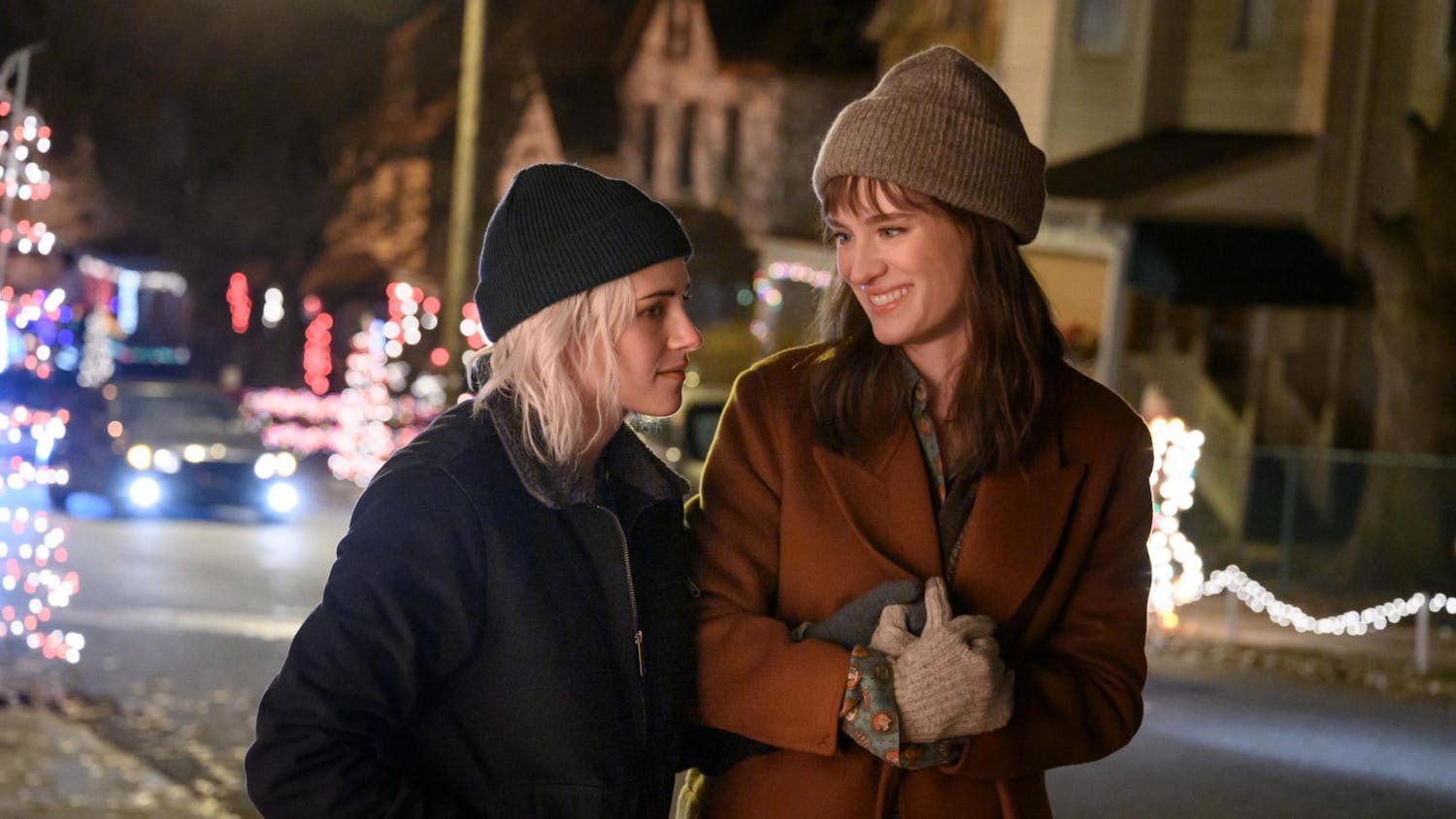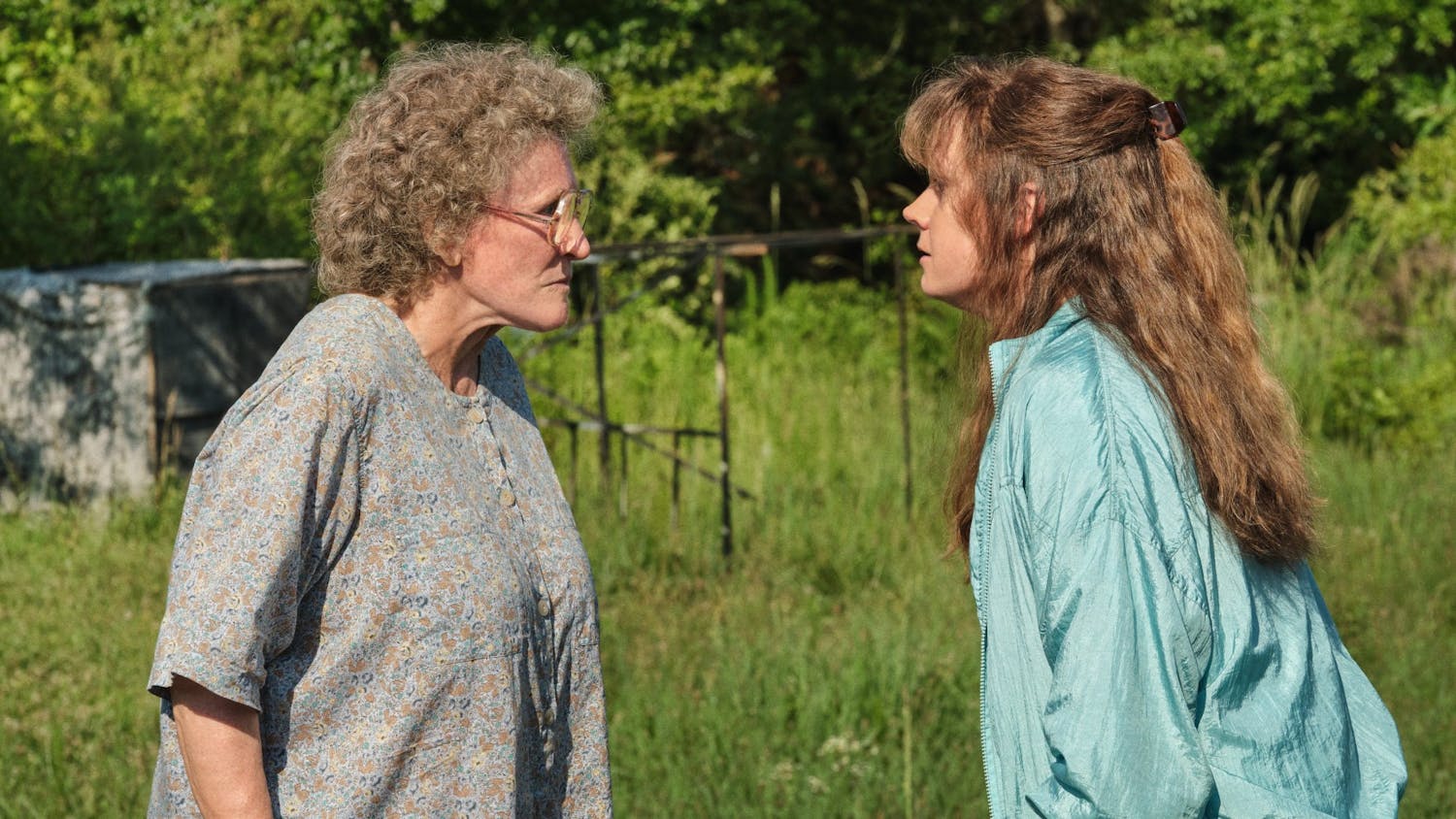Five years removed from his 2007 masterpiece, “There Will Be Blood,” director-writer Paul Thomas Anderson returns with “The Master,” a haunting and dreamy film containing a pair of superb performances and perplexing ideas.
“The Master” is a startling commentary on a post-war America populated with lost souls eager to believe in something, however ridiculous that something might be.
The film stars Joaquin Phoenix as Freddie Quell, an idling, aggressive, delusional and alcoholic World War II veteran. After a series of unsuccessful stabs at employment, Freddie stumbles upon a yacht housing the founder of The Cause (i.e. the Master, or Lancaster Dodd), played by an always-excellent Philip Seymour Hoffman.
Freddie makes a powerful “potion” of a drink that nearly poisons a man early in the film, and that falls into the hands of the Master. Dodd quickly becomes fascinated with Freddie, as Freddie soon becomes assimilated with Dodd and the rest of his family and devoted members of The Cause.
All of the actors give excellent performances, yet the work by Phoenix and Hoffman is particularly spectacular. Both give incredibly physical performances, with Phoenix especially using every possible nuance he can generate.
A scene in which Hoffman’s character “processes” or repeatedly questions Freddie exemplifies what will most likely be the finest acting in any film all year.
Hoffman’s Master character often says cultish things such as “Man is not an animal” and other philosophical musings (though he also calls Freddie a “silly animal” and his “guinea pig”). Later, Dodd and his faithfuls attempt to help Freddie through a series of exercises designed to “improve his concentration” in an effort to induce some kind of miraculous awakening within Freddie.
Perhaps the most powerful scene involves the two characters side by side in separate jail cells, one nothing more than a caged, crazed animal and the other a supposedly rational being.
By the film’s end, the two characters seem gravitationally bound to one another—each of them being in need of the other.
Dodd’s wife, played expertly by Amy Adams, is another excellent component to Anderson’s tale, for she both acts as Dodd’s own master and confidant and illuminates a sinister undertone to her seemingly warm composure.
While the film becomes a bit long by its end, it never loses focus, or lack of thereof, thanks to the story’s cryptic nature and Freddie’s ultimately aimless wonderings.
An advocate for filmmaking and not digital filmmaking, Anderson makes use of 65 mm film rather than traditional 35 mm film, a fascinating choice considering such epic, landscape-filled films as “Lawrence of Arabia” and Kenneth Branagh’s “Hamlet” typically make use of the medium, whereas most scenes of Anderson’s film take place in houses and do not include sweeping terrains and battle scenes.
In fact, according to cinematographer Mihai Malaimare Jr., Anderson shot nearly 85 percent of the film with a 65 mm. He gave multiple impromptu screenings of “The Master” in 70 mm in various cities throughout the country weeks before the film’s release, and while I did not get a chance to see it in this format, the large image size suggests an image rich in vibrant colors and expansive in scope.
Radiohead’s Jonny Greenwood offers up another eclectic mix of sounds for “The Master” that, akin to his work on “There Will Be Blood,” are simultaneously eerie and confounding, adding subtleties to an already hypnotic film.
While I’m not sure if Anderson has quite matched “The Master” with his last outing, he has certainly left his audience with a lot more to ponder after leaving the theater. It is an engaging story about authority, aimlessness and friendship in an America not too far removed from the one we now inhabit.





